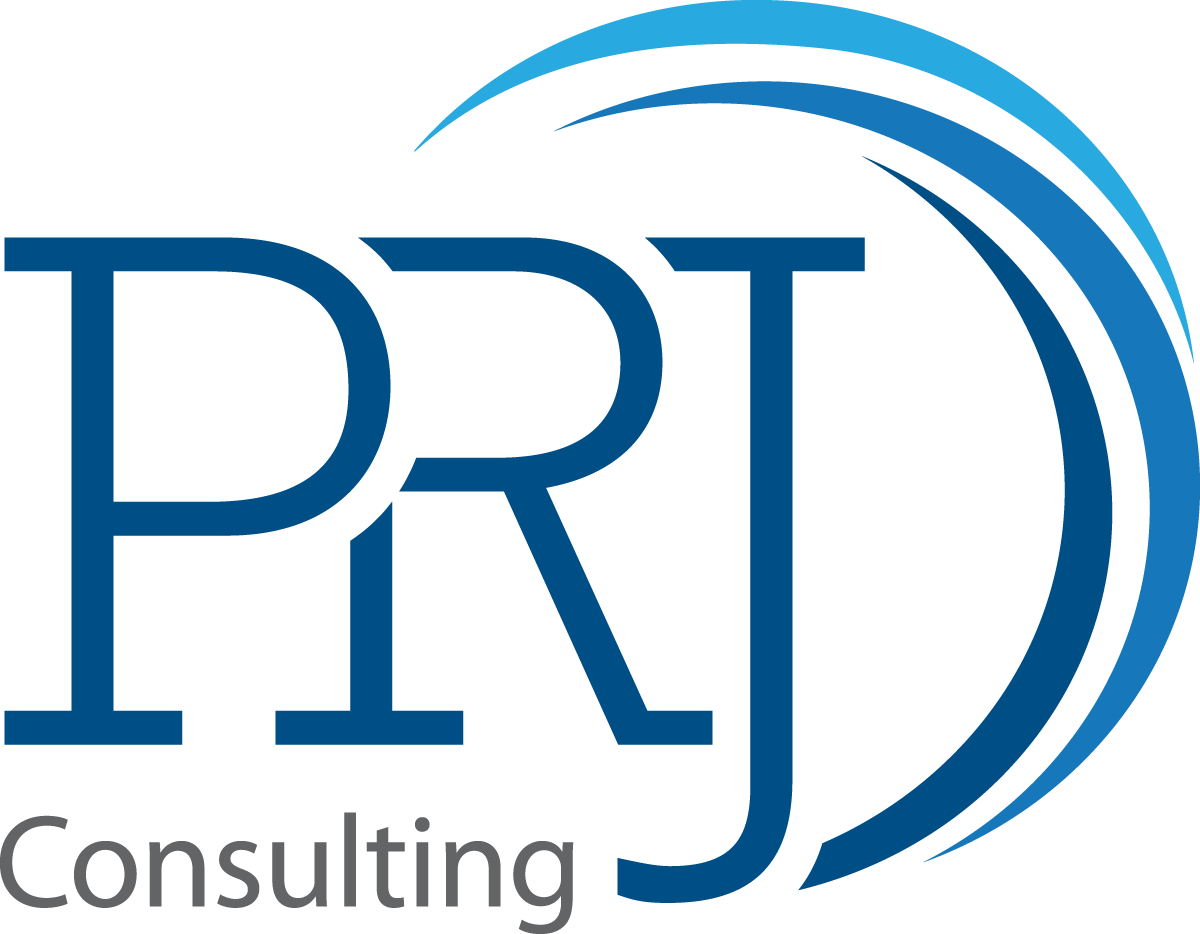The Future of Compensation in a Hybrid Workforce
As we move further into 2025, the way people work continues to evolve. Today’s workforce includes in-person, fully remote, and hybrid employees. It’s important to distinguish between two related but distinct concepts:
Hybrid Work: When an individual employee splits their time between onsite and remote work.
Hybrid Workforce: When a company has a mix of in-person, remote, and hybrid employees.
Both models introduce unique compensation challenges. Hybrid work means individual employees may have different needs depending on their schedules and location. A hybrid workforce introduces complexity at the organizational level, as compensation structures must account for varying geographic markets, work arrangements, and employee expectations.
Over the past few years, hybrid work has gone from a temporary adjustment to a permanent strategy. Companies now recognize the importance of flexibility, but also the need for thoughtful, strategic pay practices that reflect how and where their employees work. The shift has made it clear that traditional compensation models—built around a centralized workforce—are no longer sufficient.
Organizations now face the challenge of creating programs that are fair, flexible, and aligned with business strategy. Doing so requires not only market data, but also a deep understanding of how employee contributions vary by role, function, and location. Tailoring compensation approaches for different employee types and settings is key to maintaining both equity and competitiveness.
Key Trends in Hybrid Compensation
Location-Based Pay Structures
When organizations operate in multiple regions, we often help them build more than one salary structure to reflect geographic differences in the labor market. These structures take into account local talent markets, cost-of-living variances, and competitive positioning to ensure that pay remains both fair and market-aligned.
Skills-Based Compensation
Many companies are moving toward pay strategies based on job responsibilities, required skills, and performance—not just physical location. This shift allows businesses to better reward critical skills, such as data analytics, cybersecurity, or leadership, regardless of where the employee works. It also aligns pay with the value employees bring to the organization.
Reimagined Benefits
Employers are updating traditional perks to reflect new needs. For example, with fewer employees commuting daily, organizations are replacing transit subsidies with home office stipends. Wellness programs have also expanded to include digital mental health support and virtual fitness classes. Flexible schedules are increasingly common, especially for companies working across multiple time zones.
Compensation in a Hybrid Environment
As work structures diversify, compensation strategies must evolve to match. Companies need to understand how their employees work—whether onsite, remote, or a mix of both—and ensure their pay practices reflect those arrangements fairly. This requires a deliberate approach that weighs several factors:
Geographic market data for each location
Role-specific benchmarks and skill premiums
Differences in employee availability, collaboration, and productivity across workstyles
By taking these variables into account, organizations can establish clear, data-informed compensation guidelines that support consistency and transparency across the workforce.
Case Insight: Multi-Location Salary Design
Many of our clients operate across various cities or states. Rather than adopt a one-size-fits-all model, we help develop tailored salary structures aligned with local market data—ensuring consistency, competitiveness, and equity within each region.
In one example, a client with regional offices in the Midwest and West Coast needed to attract similar talent in both markets despite vastly different living costs. We designed a framework that balanced national compensation philosophy with regional salary ranges, giving leaders the flexibility to remain competitive while upholding internal fairness.
The Role of Compensation Philosophy
An effective compensation program starts with a clear compensation philosophy. This is the foundation that defines an organization’s stance on pay competitiveness, internal equity, and alignment with business goals. Questions we help clients explore include:
Where should the organization position itself relative to market pay (e.g., 50th percentile, 75th percentile)?
How should internal equity and performance factor into compensation decisions?
What types of rewards are most valued by employees?
Defining your compensation philosophy not only provides strategic direction—it ensures consistency across evolving workforce models.Contact us today to explore how we can support your evolving needs.
How PRJ Consulting Can Help
At PRJ Consulting, we work closely with clients to craft competitive, compliant compensation strategies tailored to their workforce and business goals. If your organization is navigating the complexities of remote, hybrid, or multi-location teams, we’re here to help you build a compensation strategy that reflects your values and supports long-term success.
Whether you're redesigning salary structures, rethinking benefits, or building a total rewards program from the ground up, we bring data-driven insights and a collaborative approach to every engagement.
Contact us today to explore how we can support your evolving needs.


